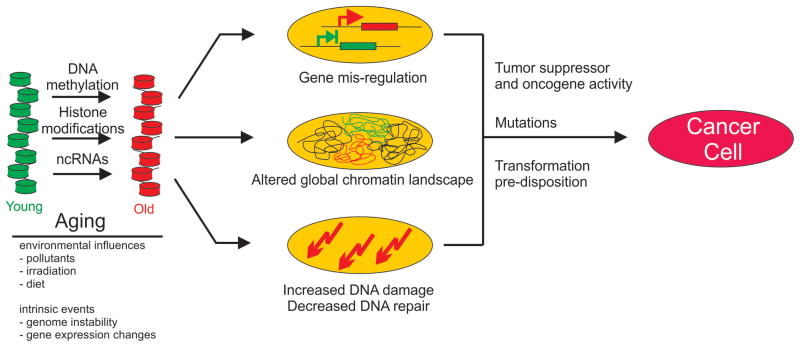Figure 2. Chromatin-based mechanism of aging-associated tumorigeneis.
Aging is accompanied by global and local changes in DNA methylation, histone modifications and ncRNA expression brought about by intrinsic and environmental factors. Aging-associated changes in chromatin may promote tumorigenesis by silencing tumor suppressors or activating oncogenes (top), altering the global chromatin landscape and chromatin organization (b), and leading to increased DNA damage (c).

